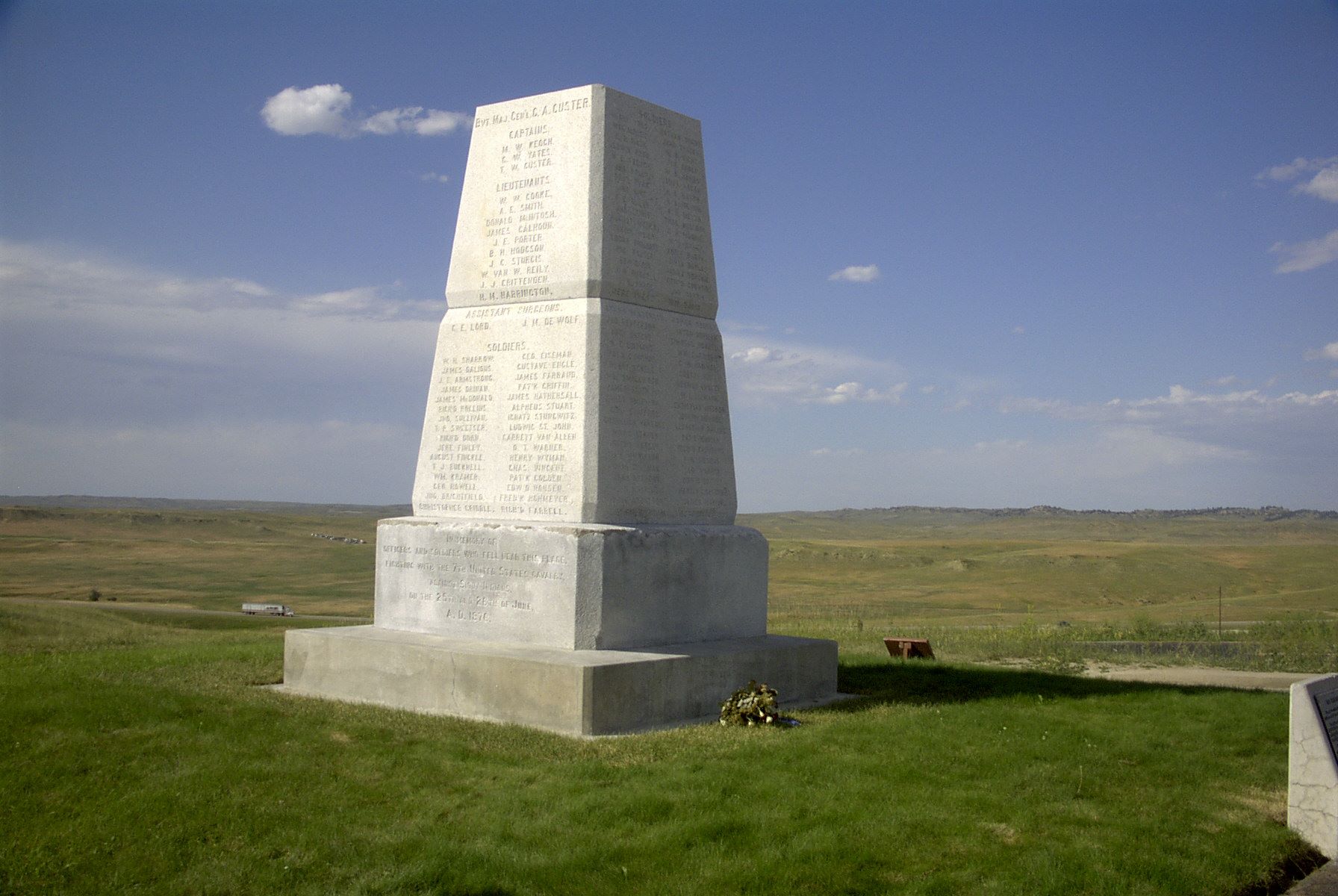Unveil History At Little Bighorn’s Custer Cemetery

Have you ever wondered about the history behind Little Bighorn's Custer Cemetery? This site marks one of the most famous battles in American history. Located in Montana, it commemorates the Battle of the Little Bighorn, where General Custer and his troops faced off against the Lakota Sioux and Cheyenne warriors. Walking through the cemetery, you can almost hear the echoes of the past. Each gravestone tells a story of bravery, conflict, and sacrifice. Whether you're a history buff or just curious, visiting this cemetery offers a unique glimpse into a pivotal moment in the nation's past. Ready to step back in time?
Discover the Historic Significance of Custer Cemetery
Custer Cemetery at Little Bighorn Battlefield National Monument holds a deep historical significance. This site marks the infamous battle where Lt. Col. George Armstrong Custer and his troops faced the combined forces of the Lakota, Northern Cheyenne, and Arapaho tribes. Exploring this area offers a glimpse into a pivotal moment in American history.
Key Locations to Visit at Little Bighorn's Custer Cemetery
Last Stand Hill
- Last Stand Hill
This is where Custer and his men made their final stand. Markers indicate where soldiers fell, providing a somber reminder of the battle's intensity. The hill offers a panoramic view of the battlefield, allowing visitors to visualize the historic confrontation.
Custer National Cemetery
- Custer National Cemetery
Established in 1879, this cemetery serves as the final resting place for many soldiers, scouts, and civilians. Walking through the rows of headstones, one can feel the weight of history and sacrifice. The cemetery also includes graves from other conflicts, making it a broader tribute to American military history.
Indian Memorial
- Indian Memorial
Dedicated in 2003, this memorial honors the Native American warriors who fought to protect their way of life. The circular design and symbolic elements create a space for reflection and understanding. It stands as a powerful reminder of the battle's impact on Native American communities.
Reno-Benteen Defense Site
- Reno-Benteen Defense Site
This site marks where Major Marcus Reno and Captain Frederick Benteen's troops held their ground during the battle. Interpretive signs and markers help visitors understand the strategic movements and challenges faced by these soldiers. The site offers a different perspective on the battle's events.
Visitor Center and Museum
- Visitor Center and Museum
The Visitor Center provides a wealth of information about the Battle of Little Bighorn. Exhibits include artifacts, photographs, and detailed accounts of the battle. The museum helps contextualize the events and offers educational resources for a deeper understanding of the conflict.
Deep Ravine Trail
- Deep Ravine Trail
This trail leads to a significant part of the battlefield where intense fighting occurred. Walking the path, visitors can see markers indicating where soldiers fell. The trail provides a tangible connection to the past, allowing one to walk in the footsteps of history.
7th Cavalry Monument
- 7th Cavalry Monument
Erected in 1881, this monument commemorates the soldiers of the 7th Cavalry who died in the battle. The obelisk stands as a tribute to their bravery and sacrifice. Surrounding markers identify the locations where individual soldiers were found, adding a personal touch to the memorial.
Reflecting on Little Bighorn's Legacy
Little Bighorn's Custer Cemetery offers a unique glimpse into a pivotal moment in American history. Walking through the site, visitors can feel the weight of the past and understand the sacrifices made. The battlefield and monuments serve as a solemn reminder of the clash between cultures and the bravery displayed by both sides.
Exploring the cemetery and its surroundings provides a deeper appreciation for the complexities of the Battle of Little Bighorn. It's not just a place to learn about history but also to reflect on the lessons it teaches us today. Whether you're a history buff or just curious, a visit to Little Bighorn's Custer Cemetery is a meaningful experience. It connects you to a significant chapter in America's story, leaving a lasting impression on all who visit.

